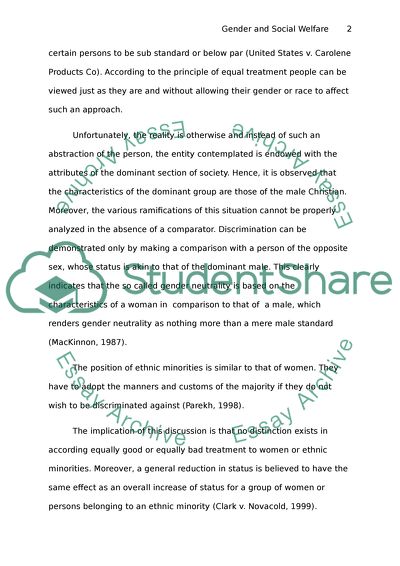Cite this document
(“Gender and Social Welfare Essay Example | Topics and Well Written Essays - 2500 words”, n.d.)
Gender and Social Welfare Essay Example | Topics and Well Written Essays - 2500 words. Retrieved from https://studentshare.org/sociology/1531452-gender-and-social-welfare
Gender and Social Welfare Essay Example | Topics and Well Written Essays - 2500 words. Retrieved from https://studentshare.org/sociology/1531452-gender-and-social-welfare
(Gender and Social Welfare Essay Example | Topics and Well Written Essays - 2500 Words)
Gender and Social Welfare Essay Example | Topics and Well Written Essays - 2500 Words. https://studentshare.org/sociology/1531452-gender-and-social-welfare.
Gender and Social Welfare Essay Example | Topics and Well Written Essays - 2500 Words. https://studentshare.org/sociology/1531452-gender-and-social-welfare.
“Gender and Social Welfare Essay Example | Topics and Well Written Essays - 2500 Words”, n.d. https://studentshare.org/sociology/1531452-gender-and-social-welfare.


